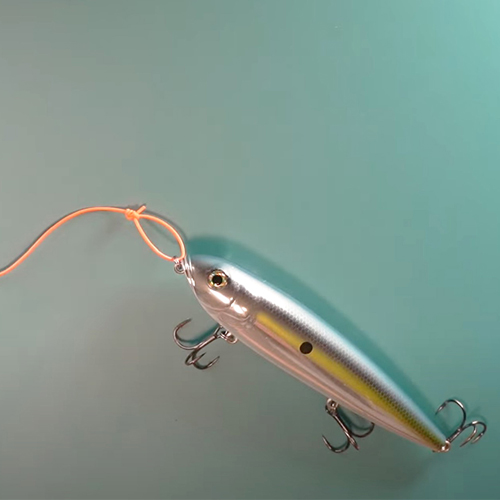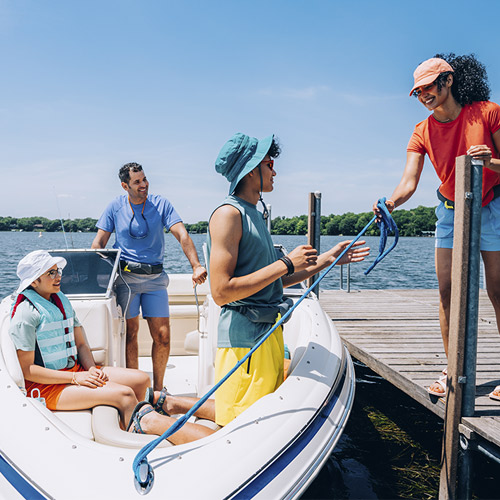Saltwater Fishing Clothing
When considering saltwater fishing gear, remember that having the right saltwater fishing clothes and accessories for the situation is key to being safe and comfortable.
The only thing that stands between you and raw saltwater conditions are the clothes on your back. From extreme heat to extreme cold, modern outdoor saltwater clothing will protect you from the different elements.
Even on a bright sunny day, you can get soaking wet from salt spray, especially when deep sea fishing. A good set of foul weather fishing clothing is required attire on any saltwater fishing trip. Breathable materials have their place, but in the wet world of offshore fishing, nothing beats a set of PVC bibs, boots and rain jacket. Deep sea fishing clothing consisting of PVC attire will keep you dry and clean all day, and you can simply rinse it off and hang it to dry so it is ready for your next trip.
Suitable Saltwater Fishing Clothes
If you fish in the surf or from a kayak, a good pair of saltwater waders will be the key to comfort. In water that is warmer than 65 degrees, a quality pair of breathable saltwater waders will be as comfortable as your favorite jeans. In cold water, neoprene waders will keep you comfortably warm. Look for saltwater waders with reinforced knees, seat and booties. Boot foot waders are cheaper, but bulkier and heavier than stocking foot waders that require a separate boot. Even if you’re fishing in warm water, a solid pair of wading boots will protect your feet.
Saltwater Clothing for Sun Protection
The most dangerous condition you’ll face on the water isn’t wind or waves, but the sun. Sunburn isn’t just uncomfortable — it could lead to skin cancer. The best way to shield yourself from the sun isn’t by wearing some form of saltwater clothing, but rather by wearing sunscreen. Of course, there are ways to use clothing to protect yourself and stay cool, like by wearing a loose-fitting, lightweight long-sleeved shirt and long pants. Fabrics that have an ultraviolet protection factor (UPF) greater than 40 will protect you from the sun all day. The newest generation of fabrics is designed to dry very quickly and cool the skin, making such materials an excellent choice of saltwater clothing. Add a wide-brimmed, well-ventilated hat, and you’re wearing your own personal air conditioner.
A good pair of sunglasses will protect your eyes from the sun’s rays and help you catch more fish. Look for high-quality polarized lenses with wraparound frames to cut through the sun’s glare and see fish and structure below the water. The best fishing shades will have a thick frame that blocks light from entering the eyes. Grey lenses are best in bright conditions with clear water, while amber lenses work better in low light or cloudy, off-colored water. Some anglers even go so far as to wear light-colored gloves and a face mask to completely block out the sun.
Saltwater Clothing For Cold Weather
Some of the best fishing is done in some of the coldest weather. Today’s high-tech fabrics allow you to layer on warmth without a lot of bulk. Start with a base layer of breathable fabric that will wick moisture away from the skin. Add a mid-layer of breathable fabric with thick loft to trap warmth. Finally, put on a windproof, waterproof layer to keep out the elements.
Since 80 percent of body heat escapes through the head, a waterproof, windproof hat with thick insulation will help retain warmth. Remember, extremities are the body’s weakest link, so consider a thin pair of neoprene gloves to keep your hands warm even when they’re wet. To keep your feet warm and dry, start with thin silk-based socks under thicker insulating socks.
Learn about saltwater fishing electronics in our next section.
KEEP LEARNING

How to Tie the Non-Slip Loop Knot
The non-slip loop knot is a popular and reliable choice for securing hooks, lures, and other tackle to your fishing line.
LEARN MORE

Socials
Take me fishing social media links
LEARN MORE

TakeMeFishing x Teen Vogue
Join us on a creative journey as fashion designer Ahmrii Johnson walks us through her collaborative vision and process with Teen Vogue and fashion brand, Rentrayage, to create a special piece.
LEARN MORE


.png?lang=en-US&ext=.png)